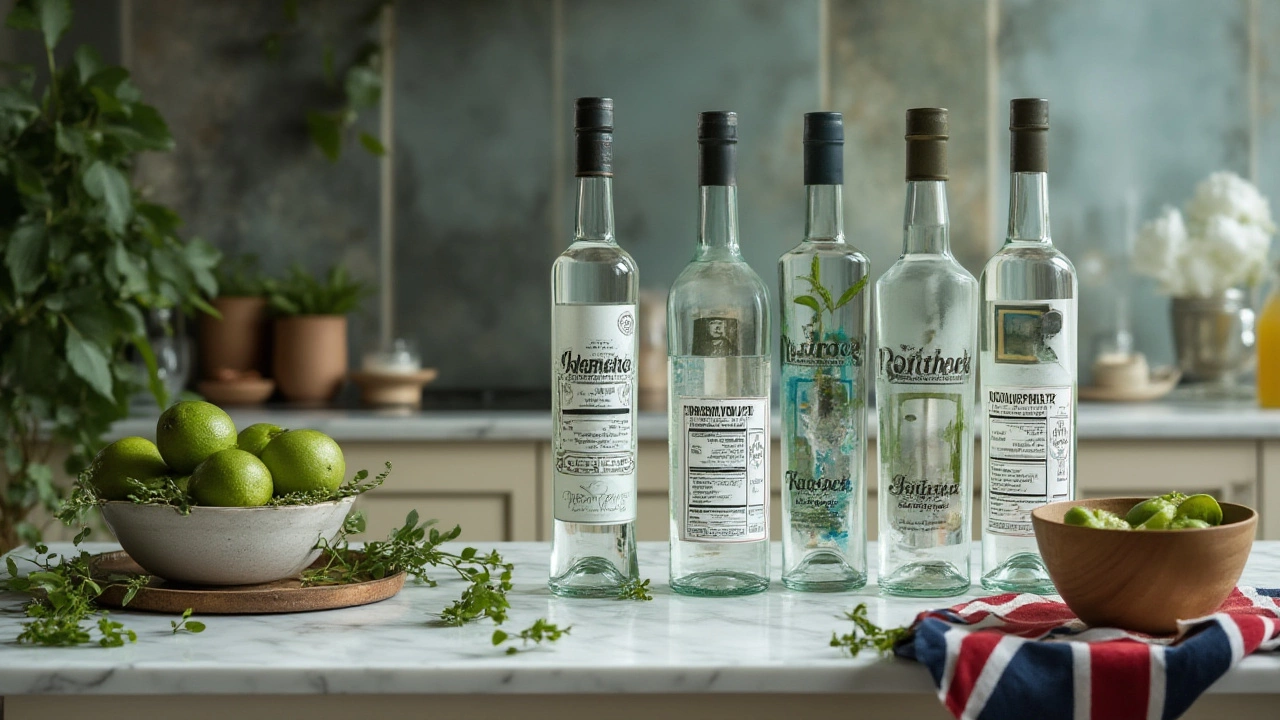Pure Vodka: What It Is, How to Choose, and Why It Matters
When you see "pure vodka" on a bottle, you might think it’s just marketing fluff. In reality, the term tells you a lot about how the spirit was made and what you can expect when you pour it. Knowing the basics helps you avoid cheap drinks that taste like rubbing alcohol and find a bottle that goes down smooth, whether you’re sipping neat or mixing a cocktail.
What Makes Vodka Pure?
Pure vodka is all about clean flavor and a neutral profile. Distillers start with a base – usually grain, potatoes, or even grapes – then ferment it into a low‑alcohol mash. The mash is distilled multiple times to strip out impurities, leaving a high‑proof spirit that’s mostly water and ethanol. After distillation, most brands filter the liquid through charcoal or quartz to smooth out any harsh edges. The result is a clear, almost tasteless spirit that lets the mixer shine.
Key factors that define purity:
- Number of distillations: More runs mean fewer congeners (the little compounds that add flavor and sometimes off‑notes).
- Filtration method: Charcoal, at‑sea, or silver filtration can each affect mouthfeel.
- Base ingredient: Grain gives a clean grainy note, potatoes add a creamier texture, while grapes can lend a subtle fruit hint.
Because the base is neutral, you’ll notice the quality more when you drink it straight. If a vodka tastes peppery or oily, it probably hasn’t been refined enough.
Top Picks and How to Enjoy Pure Vodka
Not all pure vodkas are created equal. Here are a few crowd‑pleasers that consistently rank high for smoothness and price balance:
- Grey Goose: Made from French wheat, triple‑distilled, and filtered through limestone. It’s pricey but delivers a silky finish.
- Belvedere: Uses Polish rye, distilled four times, and has a faint vanilla note that works great in a vodka martini.
- Tito’s Handmade: An American favorite, crafted from corn and filtered through charcoal. It’s affordable and mixes well.
- Absolut Elyx: A premium spin on the classic Absolut, made from winter wheat and copper‑coiled distillation for extra smoothness.
- Smirnoff No. 21: The go‑to for budget‑friendly pure vodka. Triple‑distilled and filtered, it holds its own in simple cocktails.
How to drink it:
- Neat: Chill the bottle, pour a small amount into a crystal‑clear glass, and let the aromas settle. A good pure vodka will feel almost buttery on the tongue.
- On the rocks: Add a couple of ice cubes. The cold dulls any minor imperfections and brings out a creamy texture.
- Simple mixers: Pair with soda water, a squeeze of lemon, or a splash of cranberry. Because the vodka is neutral, the mixer’s flavor shines.
- Classic cocktails: Use in a Moscow Mule, a Vodka Martini, or a Vodka Collins. The smoother the vodka, the cleaner the cocktail.
When you’re shopping, read the label for clues – “four‑times distilled,” “charcoal filtered,” or “100% grain.” If the price seems too good to be true, the vodka might have been cut with water or other spirits, which defeats the purpose of “pure.”
Finally, store your bottle in a cool, dark place. Light and heat can break down the delicate balance you paid for. A sealed bottle can stay perfect for years, but once you open it, try to finish it within a few months for the best taste.
Pure vodka may seem simple, but a little knowledge goes a long way. Whether you’re impressing friends with a fancy martini or just enjoying a chilled shot, picking a truly pure brand will make every sip feel like a small celebration.
Find out which spirit is the cleanest to drink, how purity is measured, top candidates like vodka and gin, and tips for choosing and enjoying a truly neutral liquor.
View DetailsDiscover the healthiest vodka brands with real facts! Get tips, compare nutrition, and learn what really makes a vodka good for your health and cocktails.
View Details


